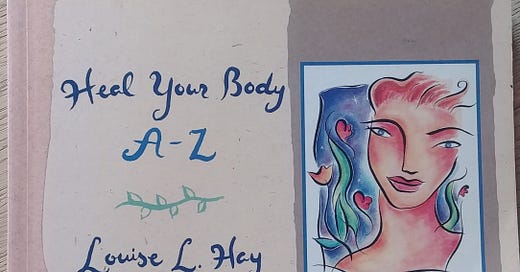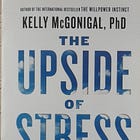A person’s measure is not in how they handle success, a person’s measure is how they handle adversity. This axiom makes me consider how I handle my anger and anxiety.
Yoga and meditation is one avenue to increase my attention, sharpen my senses. I seek deeper meaning as I reflect on how I have handled adversity. As I continue to consider how I am with my self, how do I feel more like myself, I circle back to the strong emotions of anger and anxiety. I’m anxious about anger; I’m angry about anxiety.
Instead of repeating my known patterns, I want to take some new action, change my behavour and attitude, or internalize my sense of self with more compassion or joy.
What is exciting, and challenging, is how we are with ourselves as we learn about our inner thoughts and mindsets during the ups and downs of life. The good news - bad news is that this personal journey and the stages of development is always in flux. It’s a constant juggle. I’m still learning the internal signals to give me a heads-up and to not be continually surprised or stressed about this flux.
Years ago, I embarked on learning more about anger and anxiety so that I don’t think poorly of myself when I have strong emotions and speak or behave under the influence - in addition to being judged by all the people witnessing - and to address the after effect it has on my body.
My yoga and meditation studies teach that I can turn skillfully toward the emotions and integrate them rather than ignore or deny them. Simply acknowledging that I am experiencing a range of emotions is helpful. The energy to both experience an emotion, and at the same time, also deny it, hold it down, to not have a healthy way to express it, becomes exhausting.
Learning how to integrate skillfully requires a good teacher and a long term commitment to practice and reflect on what worked or didn’t work each time. Maybe I do release the mental anger and become calm-minded again, but meanwhile I retain heavy aches and pains in the body. My hip holds a lot of anger. My lower back holds the anxiety.
About twenty years ago, I picked up a helpful guide from Louise Hay – “Heal Your Body A-Z - The Mental Causes for Physical Illness and the Way to Overcome Them”. This quick reference associates where in the body we experience our mental patterns. We must do the mental work to cultivate love, peace, joy and self-approval and be willing to release the need that criticism, anger, resentment and guilt represent. This book has been a companion to my learning about my body and mind ever since.
My body holds space for joy and peacefulness, although I still am less articulate about where the positive, lighter feelings reside in my body. Cultivating joy requires as much effort as does developing diplomacy with my anger.
I fear anger and backlash from other people. I have anxiety due to the fear of my and others’ anger. To confirm these fear responses still capture me, I simply spend a few minutes reading any news feeds and the associated social media commentaries, and there it is again. The unmanaged, unfiltered internet is not a good place for me; I avoid it as much as possible at the risk of being uninformed and the last to know.
Anger turned inward is destructive. When others are very angry at me, I used to internalize and blame myself for making them angry. Rationally, realistically, this is a rare occurrence now, I know, but I still worry about it, which feels just as harmful. I try to catch myself when I become angry with myself. It usually has to do with failure to perform, a self-criticism. Why didn’t I get to that task? How did I respond in such a poor way, I should have known better? Aren’t I over this hang-up yet?
And I begin again. Relax, affirm. Let it go. I search for that calm place inside me that doesn’t feel like anger, that doesn’t tighten up to protect, or to fight back. It’s not enough to handle the anger; I also must nourish what provides joy and ease.
Instead of letting my mind run away with itself worrying about the past, fretting about the future, I direct my mental energies to focus on the present. I identify what is joyful, peaceful, areas of ease and comfort here, in the now. I seek to be calm and centered.
Related Posts







Good articulation of what it’s like to be aware of one’s patterns and to try to feel one’s emotions-integrate them as you say—rather than suppress them or deny we’re experiencing them.